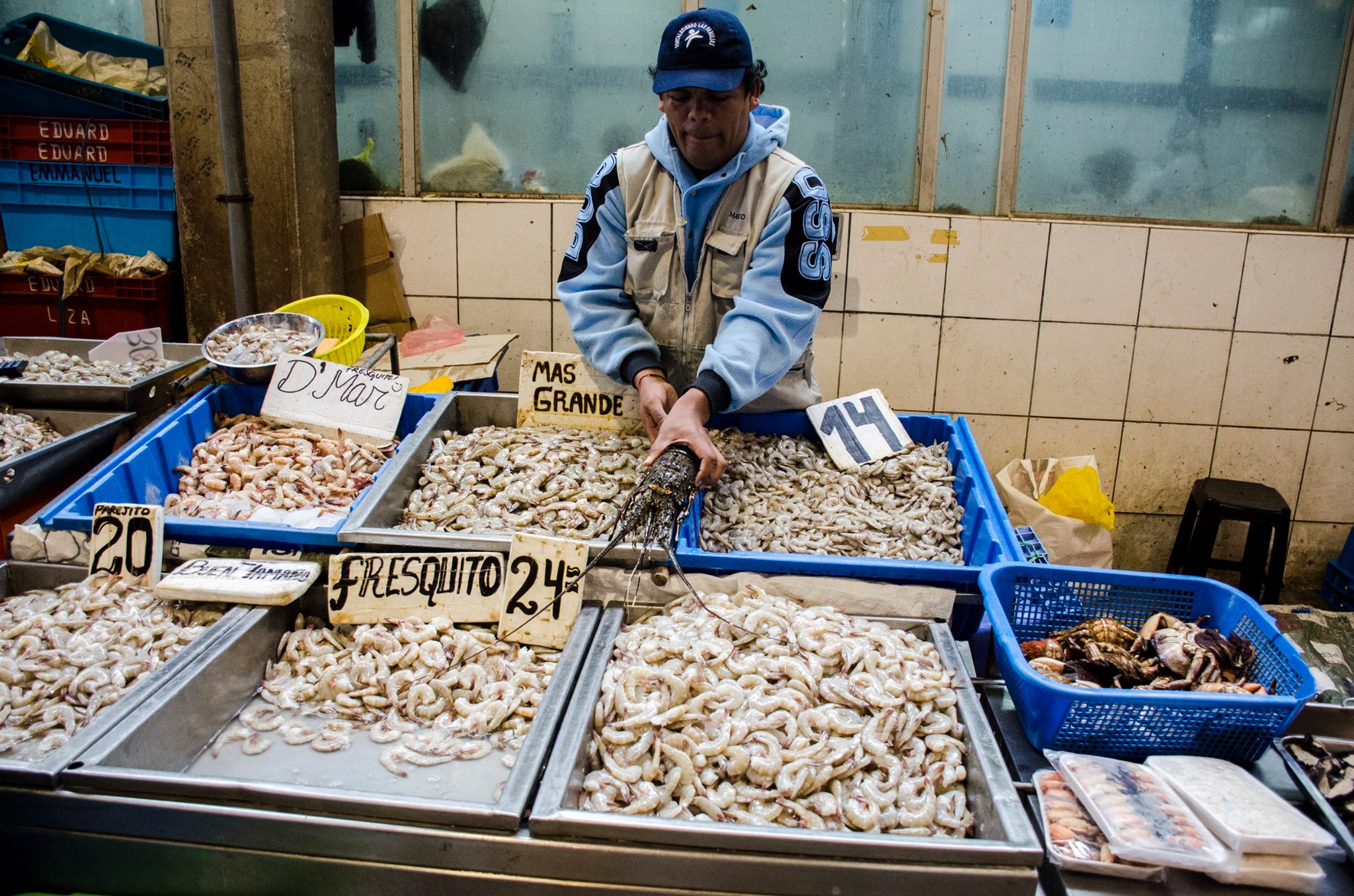About
Human population growth, rising incomes, and preference shifts will considerably increase global demand for nutritious food in the coming decades. Malnutrition and hunger still plague many countries and projections of population and income by 2050 suggest a future need for more than 500 million metric tons (mmt) of meat per year for human consumption. This is a 38% increase from today’s production of 362 mmt of edible meat. Thus, the question remains: How can we sustainably increase supply to meet future needs?
Food from the sea is procured from wild fisheries and species farmed in the ocean (mariculture), and currently accounts for 17% of the global production of edible meat. In addition to protein, food from the sea contains bioavailable micronutrients and essential fatty acids that are not easily found in land-based foods, and is thus uniquely poised to contribute to global food and nutrition security. In this study, we investigated the potential of expanding the economically and environmentally sustainable production of food from the sea for meeting global food demand in 2050.
